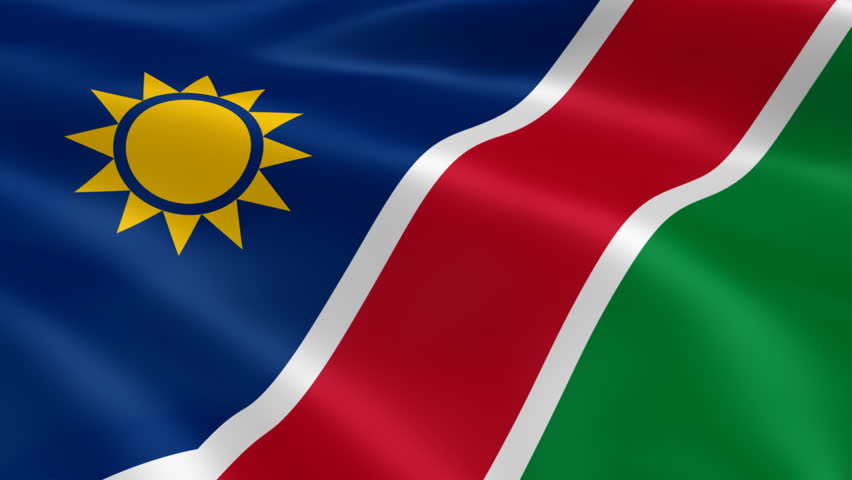MORE than a quarter of the Namibian population has registered for the government’s drought relief food assistance.
This was revealed at Cabinet’s 14th decision-making meeting on Tuesday, during which a plan to implement short and long-term interventions of the ‘Livelihood and Vulnerability Assessment Report’ was approved in principle.
The implementation of these interventions has to undergo further review to determine cost implications.
The plan, which was submitted by prime minister Saara Kuugongelwa-Amadhila, detailed that 712 138 beneficiaries have been registered for food assistance. Initially, the disaster risk management plan, which was initiated under the Office of the Prime Minister after President Hage Geingob declared the country’s severe drought a state of emergency earlier this year, estimated that about 257 383 people would require food assistance.

Under the programme, identified beneficiaries receive a food basket comprising one 12,5 kilogramme bag of maize meal, 750 millilitres of cooking oil, and four tins of 400 grammes of fish.
In order to qualify, a household must earn less than N$2 600 per month, and must not be a beneficiary of food relief from any source during that period.
When rolling out the programme, the government had an estimated budget of N$570 million for the interventions, with less than N$200 million in available funds.
However, the executive director in the Office of the Prime Minister, I-Ben Nashandi, in July stated that due to cost escalations and the increasing number of beneficiaries, the programme would require a bigger budget than the initial estimate.
The spokesperson at the prime minister’s office, Saima Shaanika, said they are still working on an updated budget estimate on account of the increasing number of beneficiaries.
“Every day, there are things coming in, so we are still working on the final budget,” she added.
The disaster risk management plan also includes catering for livestock which had also been affected by the drought, and a health and nutrition response to prevent loss of life due to malnutrition and drought-related complications.
Some of the short-term interventions detailed during the Cabinet meeting include the continued upscaling of nutrition by both the health and agriculture ministries; increasing the capacity of community health workers to provide health and nutrition education to communities; and providing supplementary food during disaster/humanitarian response operations.
Long-term interventions include measures to develop and implement cost-effective livestock feed production schemes and water conservation plans.

